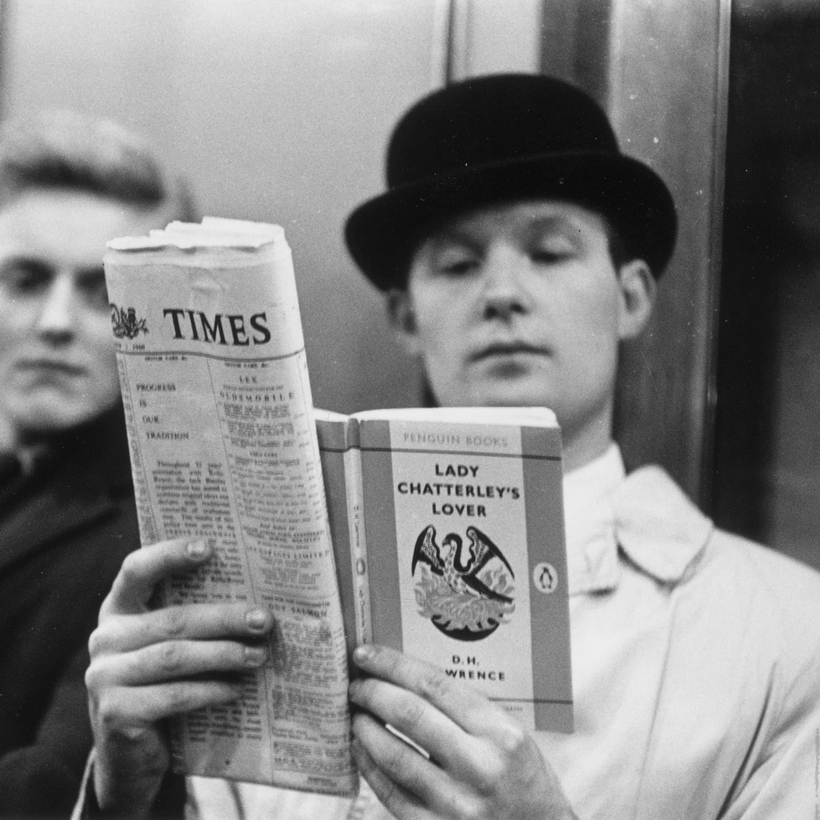When I worked in book publicity, my boss liked to trot out the following fun fact, though I suppose it depends on your definitions of “fun” and “fact”: the reason hardcovers sell well in L.A. and paperbacks don’t is because no one in L.A. is reading the books. At best, they’re wondering if they can be optioned. At worst, they’re lining their untouched bookshelves.
True or not (in my experience, not), this theory always made me laugh, because it bolstered our sense of ourselves as underdogs. We worked exclusively on paperback-publicity campaigns, gathering what media crumbs the hardcover publication had left behind. The world has changed, and my boss, my dear friend, isn’t in it anymore. I wrote about his death and our friendship in my most recent book, Grief Is for People. And now our story is out in paperback. The subject has become the object, the object the subject.
So, in tribute to this underdog format, here are some of the most distinctive (an unscientific distinction) paperback publications of the past century.
1.
Lady Chatterley’s Lover and Tropic of Cancer (1932, 1934)
Would that the drama behind these titles had no bearing on current events. As delightfully historical as it is to stumble across an Obelisk Press paperback of Henry Miller’s masterpiece, with “Must not be imported into England or U.S.A.” printed on the back, the Penguin versions are more important. And the D. H. Lawrence obscenity trial of 1960 was ultimately about paperback distribution. Paperbacks disseminate.
2.
Everything Is Illuminated (2003)
The attention lavished on Jonathan Safran Foer’s debut was so great, it can’t be measured using contemporary reception metrics. Perennial did three different versions of the cover in paperback, each with a different shade of neon. Others have since followed, even in hardcover and also in neon, such as Miranda July’s No One Belongs Here More than You (and, full disclosure, this author’s first novel).

3.
Bright Lights, Big City (1984)
There was no hardcover of Jay McInerney’s era-defining classic, but this was the paperback original. It wasn’t just Vintage’s series design but the Odeon restaurant with the Twin Towers in the background. The novel had been iconic for decades, leading up to 9/11, when the cover became emblematic of a broken city.
4.
The Catcher in the Rye (1952)
Not only did Mark David Chapman believe that Holden Caulfield would have shot John Lennon if given the chance (of being real? of obtaining a gun permit?), but Chapman was reading the paperback when the police arrived. John Hinckley Jr. had a copy in his hotel room when he tried to assassinate Ronald Reagan. A woman named Rebecca Schaeffer was murdered by a stalker who carried the book. It’s one thing to connect with a piece of writing; it’s another to keep its pages curled in your pocket.
5.
A Little Life (2016)
Hanya Yanagihara pushed to use Peter Hujar’s photo Orgasmic Man on her hardcover, which was released in March but really took off that summer. (Celebrities posted poolside pictures with the book’s jacket in place of their own heads.) The paperback has since sold more than 1.5 million copies. A Little Life gave authors everywhere an example to cite when arguing for their preferred cover (healthy) and the hope of late-blooming blockbuster paperback sales (not so healthy).
6.
The Nabokov Reissues (2008)
Out of the many collectible-paperback series (the glossy 2004 Toni Morrison reissues are some of the classiest around), I’m partial to the 13 Nabokov titles designed by John Gall, who asked different designers and illustrators to use butterfly-specimen boxes, paper, and mounting pins. Plus, those gray spines look fantastic on a shelf. You can even read them if you want to.
Sloane Crosley is a New York-based journalist and author

